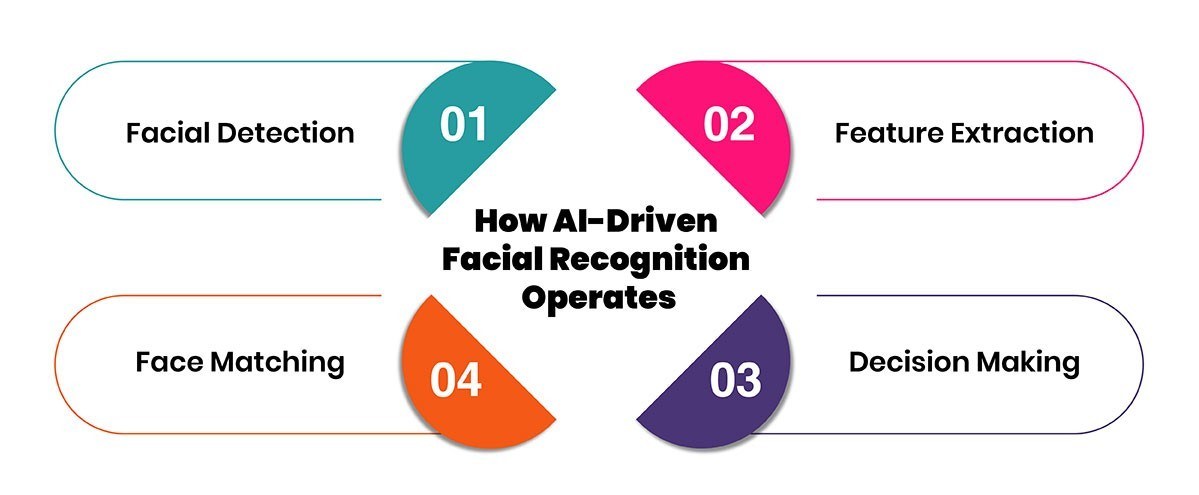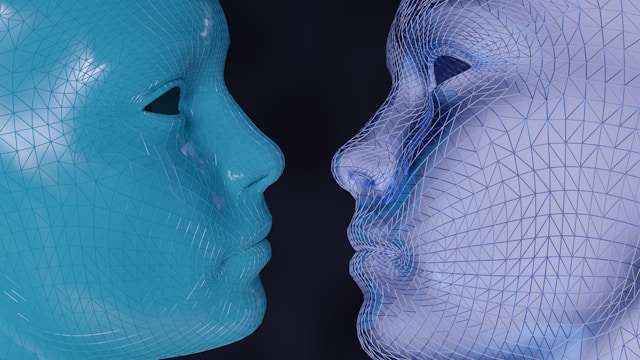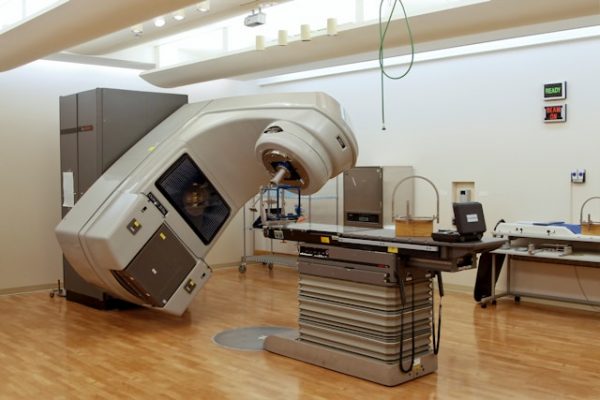Facial recognition technology has become increasingly sophisticated, moving beyond ideal lighting and unobstructed views. This article explores the advancements that enable effective facial recognition even in challenging conditions like low light, partial occlusion by masks or glasses, and other visual hindrances.
The Challenges of Low Light and Disguise
Low light conditions present a significant hurdle for traditional facial recognition systems. Reduced visibility leads to noisy images with poor contrast, making it difficult to extract distinguishing features. Similarly, masks and other disguises obscure key facial landmarks, hindering accurate identification.
Technological Advancements
Enhanced Image Processing
Modern facial recognition systems utilize advanced image processing techniques to mitigate the effects of low light. These include:
- Noise Reduction: Algorithms filter out visual noise to enhance image clarity.
- Contrast Enhancement: Techniques like histogram equalization improve contrast and reveal subtle details.
- Super-Resolution: AI-powered methods upscale low-resolution images, effectively increasing their detail.
3D Facial Recognition
3D facial recognition analyzes the geometry of the face, capturing depth information that is less susceptible to lighting variations and partial occlusion. This technology uses depth sensors or stereo cameras to create a 3D model of the face, enabling more robust identification.
Thermal Imaging
Thermal imaging detects the heat signatures emitted by the face, creating a thermal image that is independent of visible light. This technology can be particularly effective in low light or complete darkness, and is less affected by masks that don’t completely cover the face. However, it’s worth noting that the accuracy of thermal imaging can be affected by environmental factors like temperature and humidity. I remember reading a study about this – let me see if I can find the link… Ah, here it is! (Example link – replace with a real source)
Algorithmic Approaches
Deep Learning
Deep learning algorithms, particularly convolutional neural networks (CNNs), have revolutionized facial recognition. CNNs are trained on massive datasets of faces, learning to extract complex features and patterns that are robust to variations in lighting, pose, and expression. These algorithms can even learn to recognize partially obscured faces by focusing on the visible features.
Feature Extraction
Advanced feature extraction techniques identify key facial landmarks even in challenging conditions. These include:
- Local Binary Patterns (LBP): LBP describes the texture of the face, which is less sensitive to lighting changes.
- Gabor Filters: Gabor filters analyze the frequency and orientation of image textures, providing robust feature representations.

Advantages and Limitations
Advantages
- Improved security in low-light environments.
- Increased accuracy in identifying individuals wearing masks or glasses.
- Potential for wider applications in surveillance, access control, and law enforcement.
Limitations
- Accuracy can still be affected by extreme lighting conditions or heavy disguise.
- Privacy concerns surrounding the use of facial recognition technology.
- Potential for bias in algorithms trained on limited datasets.
Real-World Applications
Facial recognition in challenging conditions has several practical applications:
- Security and Surveillance: Identifying suspects in low light or disguised.
- Border Control: Verifying identities at airports and other border crossings.
- Law Enforcement: Tracking individuals in crowded areas or during investigations.
- Access Control: Granting access to secure facilities even in low light.
Facial recognition technology continues to evolve, overcoming limitations posed by challenging conditions. While challenges remain, advancements in image processing, 3D facial recognition, thermal imaging, and deep learning algorithms are pushing the boundaries of what’s possible. As the technology matures, it promises to play an increasingly important role in various aspects of our lives, from security and surveillance to access control and personalized experiences. What are your thoughts on the future of facial recognition? Share your opinions in the comments below.




